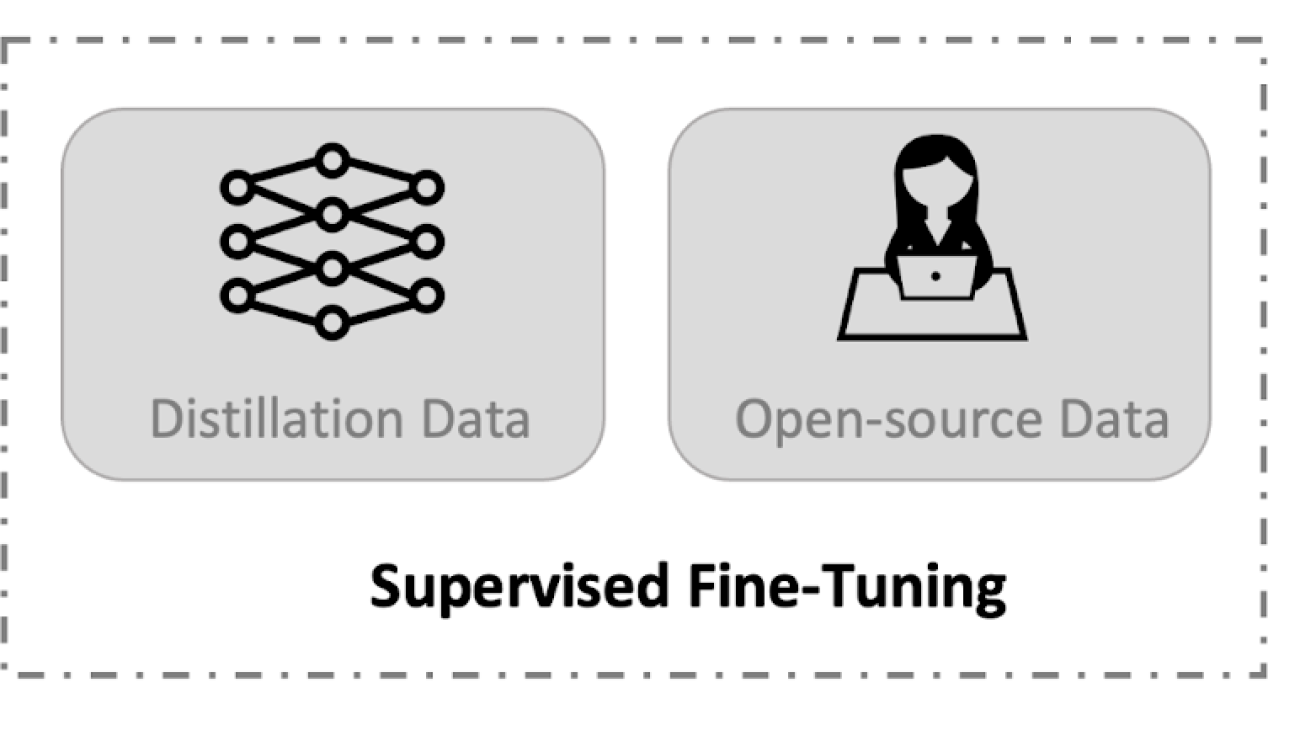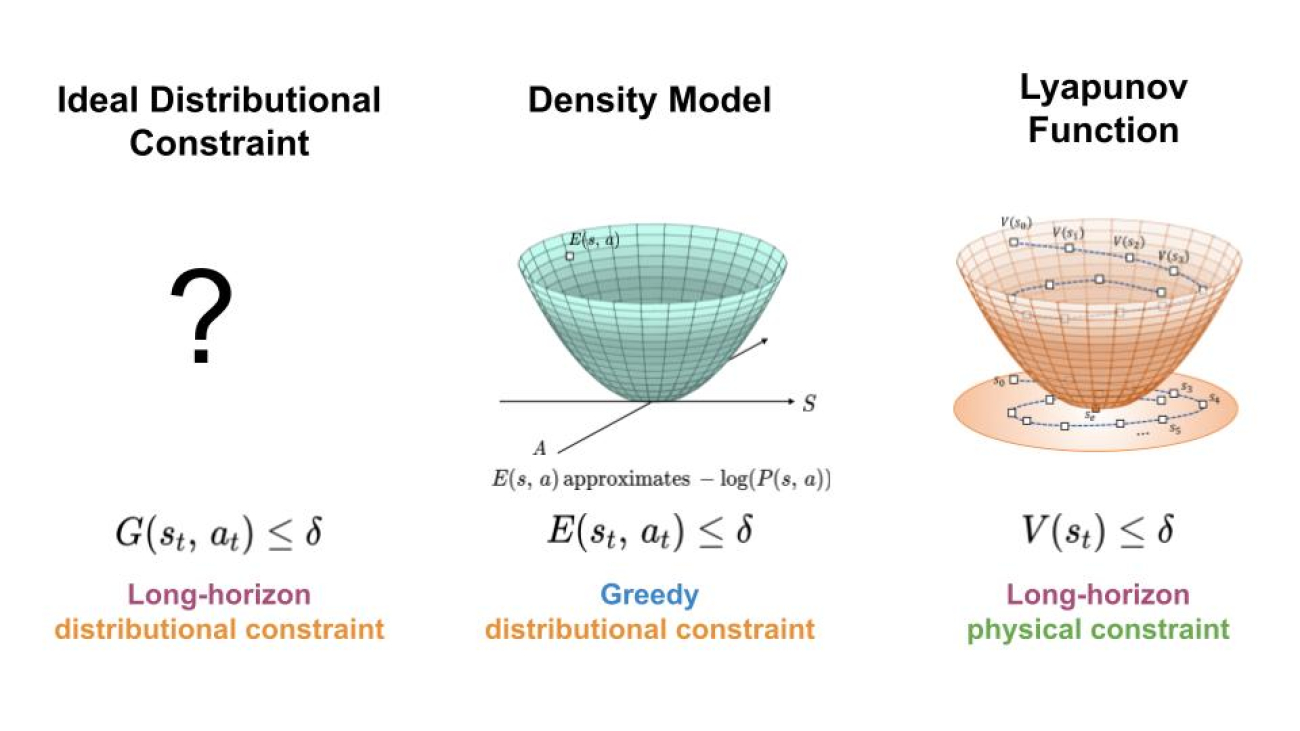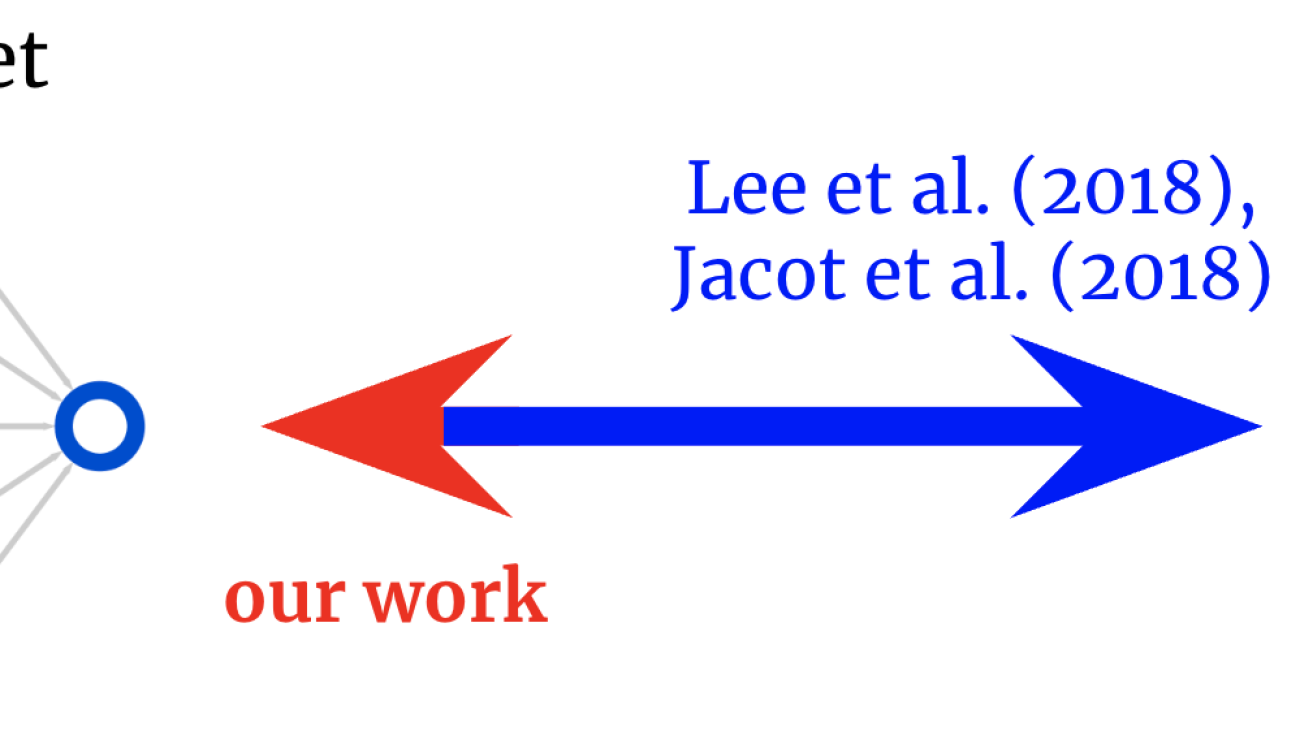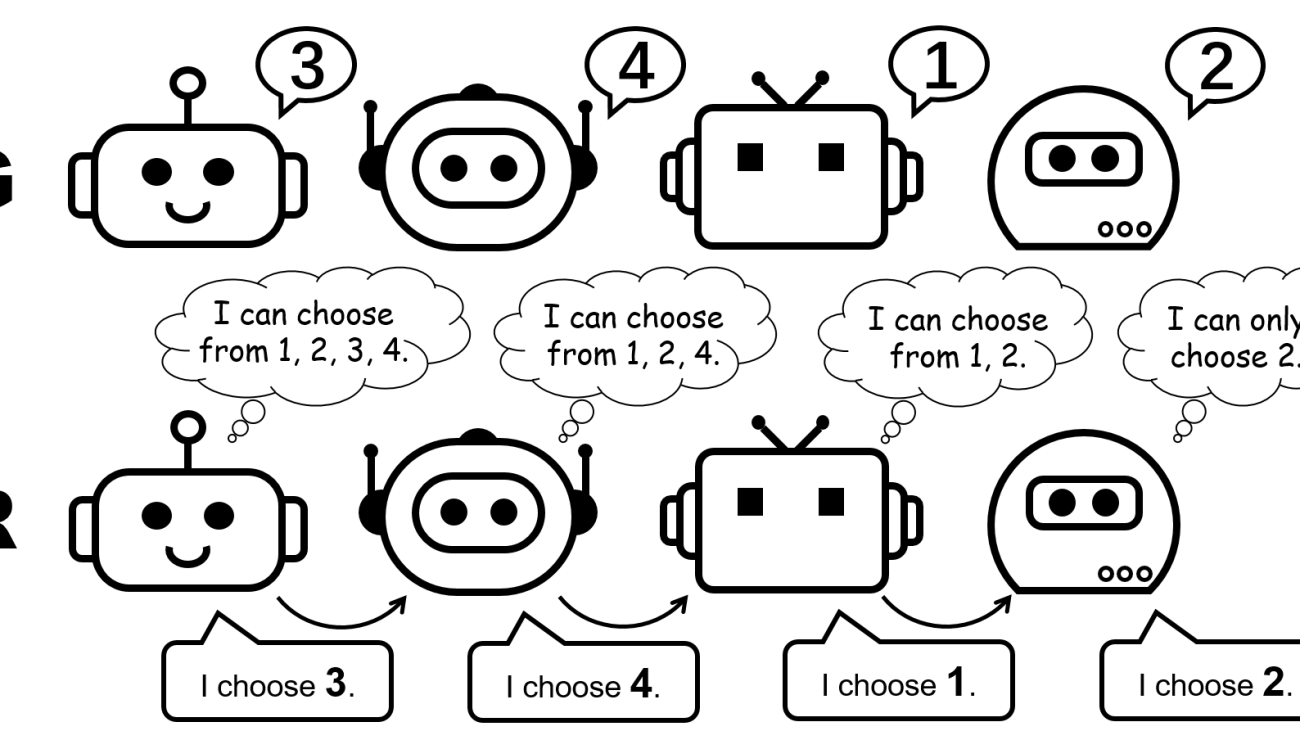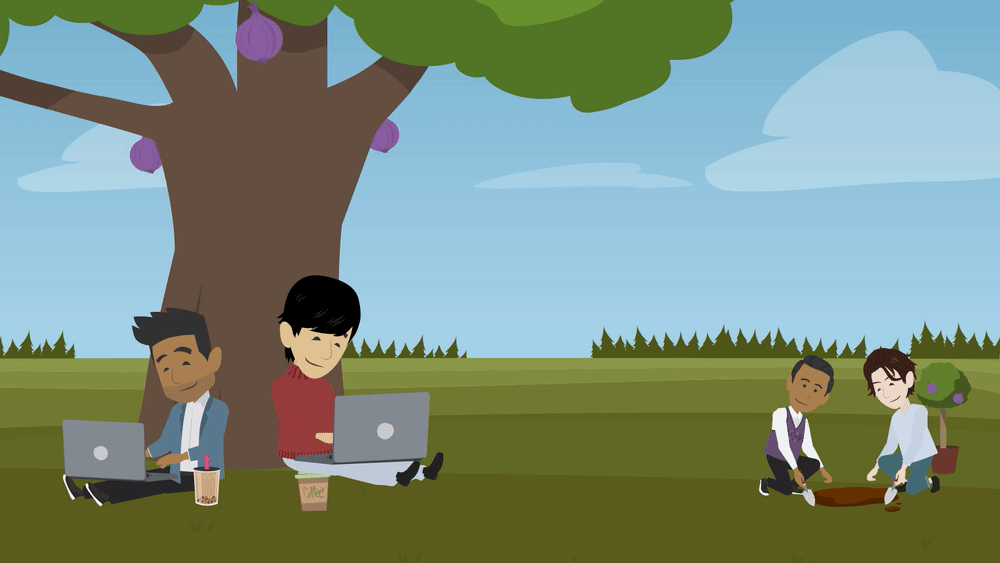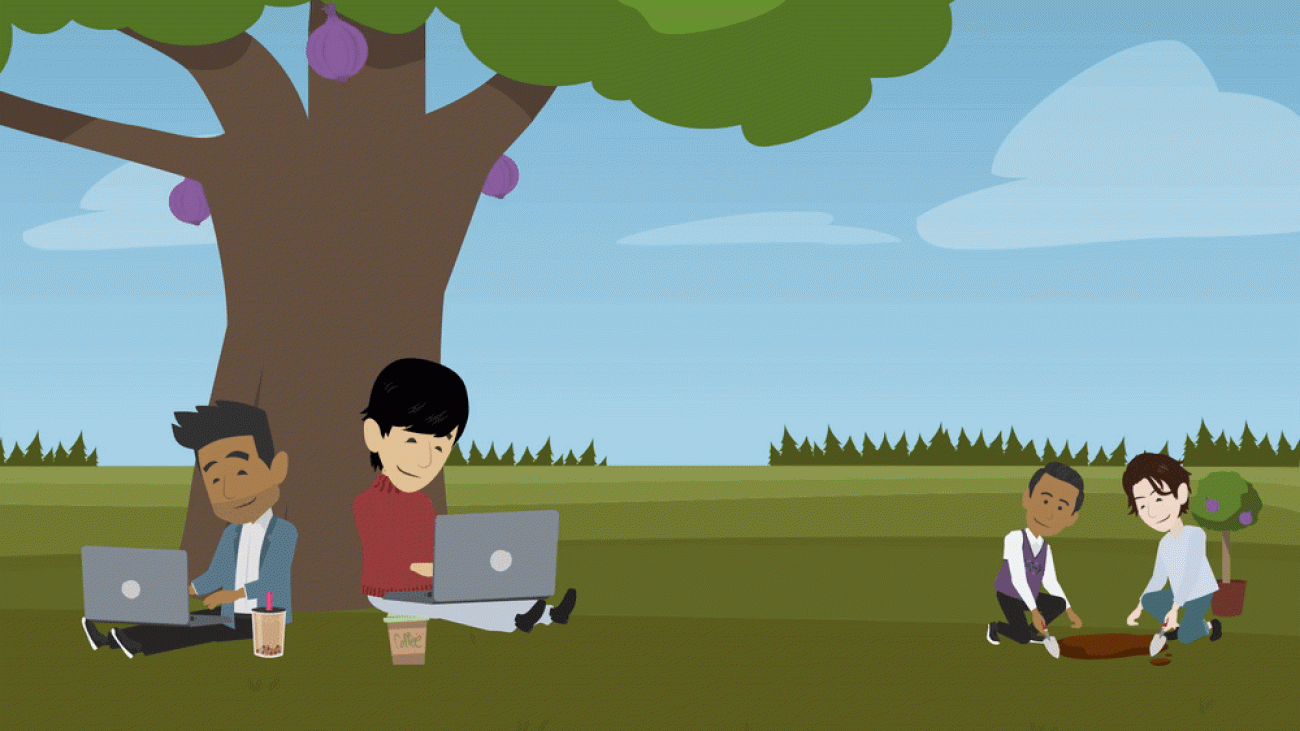
In this post, we introduce Koala, a chatbot trained by fine-tuning Meta’s LLaMA on dialogue data gathered from the web. We describe the dataset curation and training process of our model, and also present the results of a user study that compares our model to ChatGPT and Stanford’s Alpaca. Our results show that Koala can effectively respond to a variety of user queries, generating responses that are often preferred over Alpaca, and at least tied with ChatGPT in over half of the cases.
We hope that these results contribute further to the discourse around the relative performance of large closed-source models to smaller public models. In particular, it suggests that models that are small enough to be run locally can capture much of the performance of their larger cousins if trained on carefully sourced data. This might imply, for example, that the community should put more effort into curating high-quality datasets, as this might do more to enable safer, more factual, and more capable models than simply increasing the size of existing systems. We emphasize that Koala is a research prototype, and while we hope that its release will provide a valuable community resource, it still has major shortcomings in terms of content, safety, and reliability, and should not be used outside of research.

